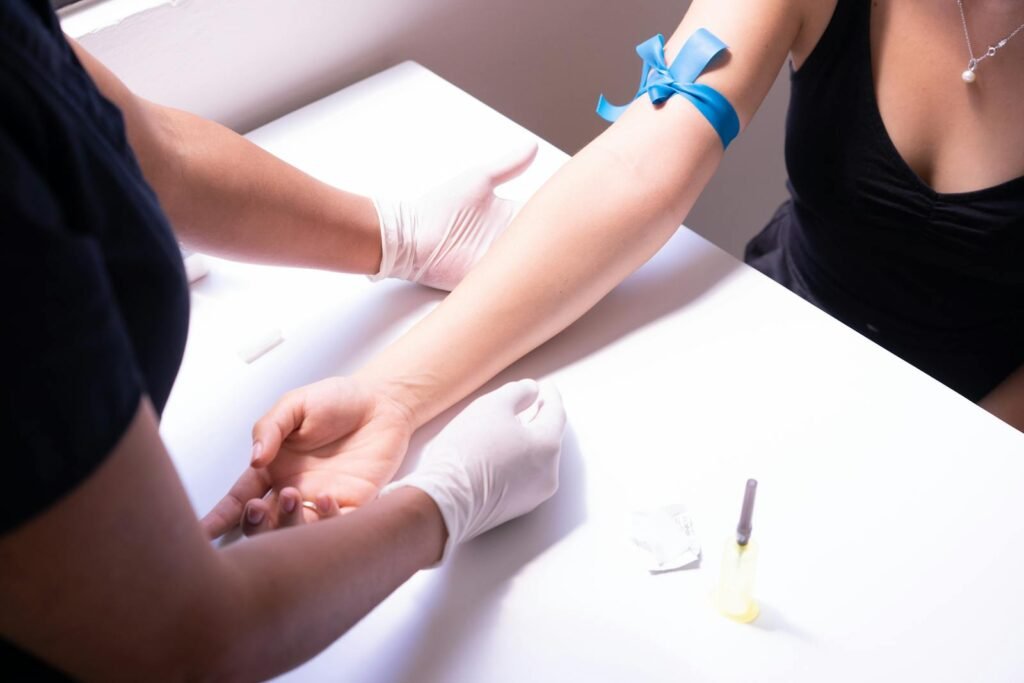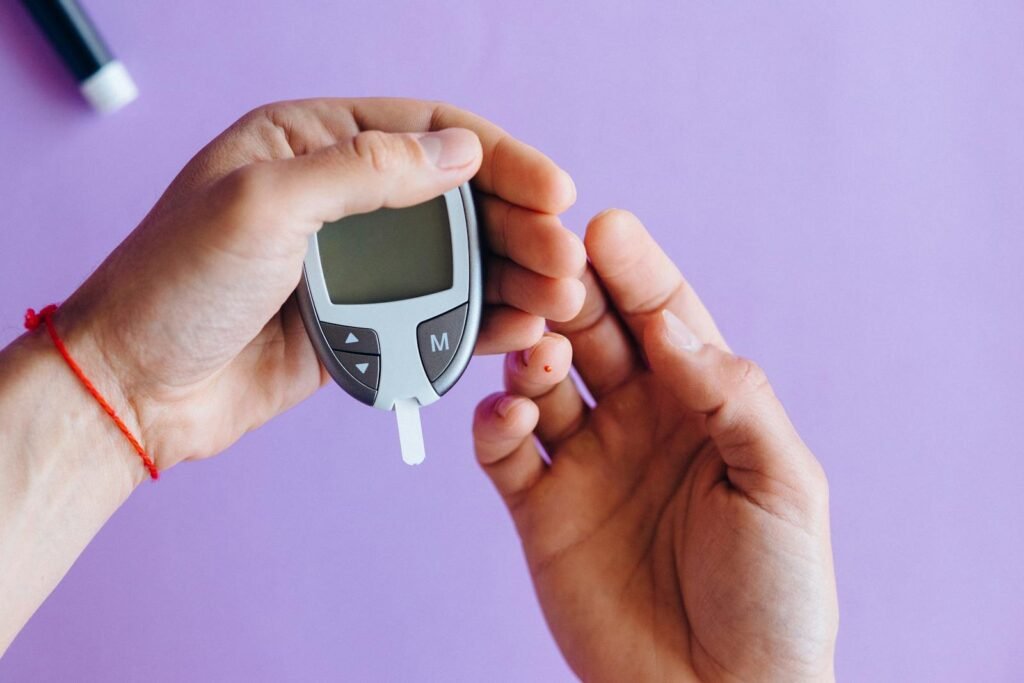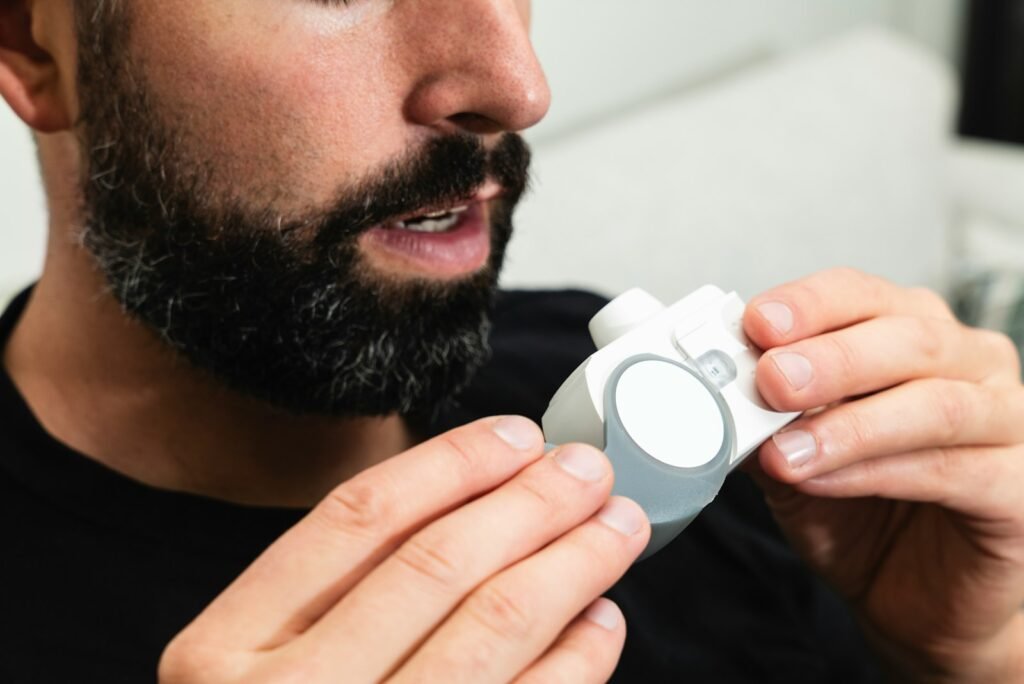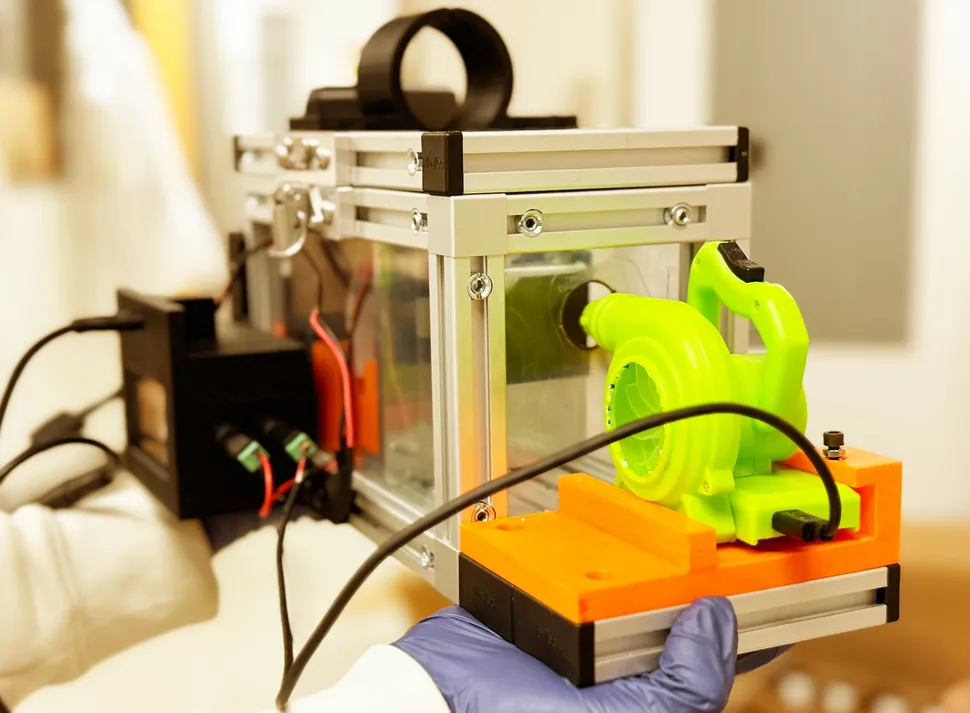Picture a time when you can figure out what’s wrong with you just by breathing into a small device. You could find out about your health in minutes without having to draw blood or take invasive tests. All you had to do was exhale. The Airborne Biomarker Localization Engine (ABLE) is a new device that is making this vision more and more real. This “breathalyzer for disease” was made by scientists at the University of Chicago. It could change the way doctors diagnose diseases by finding early signs of diabetes, asthma, and even infections with just one breath.
How ABLE Turns Breath Into a Diagnostic Tool

Breath has volatile organic compounds (VOCs), which are tiny molecules that act like chemical fingerprints for different diseases. Researchers have known for a long time that diseases like diabetes, lung cancer, and asthma change the makeup of the air we breathe out. What is the challenge? There are very few of these biomarkers, sometimes just one part per trillion.
ABLE solves this problem by turning breath into a liquid, which is easier to study. The device pulls in air that has been breathed out, mixes it with water vapor, and cools it until drops form. You can test these droplets, which are now full of concentrated biomarkers, with regular medical strips like those used to check blood sugar levels.
A Low-Cost, Non-Invasive Alternative to Blood Tests

Traditional diagnostic methods that use blood, urine, or saliva samples can be painful, take a long time, or be hard to set up. ABLE is a quick, cheap, and painless option. The prototype is about the size of a small book (10 x 20 cm), costs less than $200 to make, and gives results in just 10 minutes.
As stated by Bozhi Tian, a University of Chicago professor and author on the study, “This platform is very easy to use and costs very little.” Should ABLE go to market, they stand to reduce the cost and broaden access to early disease detection technologies in clinics and pharmacies as well as in households.
Early Successes: Detecting Glucose, Inflammation, and Bacteria

In the first tests, ABLE did well:
- Found glucose in human breath, which is linked to blood sugar levels. This could change the way diabetes is monitored.
- Used lab mice with human gut bacteria to find higher levels of inflammation in preterm babies.
- It caught pollen and bacteria (E. coli) in the air, which means it could also check the quality of the air in hospitals or other public places.
But there are still problems. Scientists still don’t have a complete map of which VOCs are linked to which diseases. Tian says, “We need more research to confirm these biomarkers.” His team is now working with doctors who study inflammatory bowel disease (IBD) to find signals of inflammation in breath.
The Future: Wearable Breath Sensors and At-Home Testing

What comes next? Reducing ABLE to a wearable device and speeding up its commercial use. If it works, it could let:
- Tracking health in real time for long-term conditions.
- Finding outbreaks early in crowded places, like the flu or COVID-19.
- Home diagnostic kits that don’t require going to the lab.
Jinghua Li, a materials science expert at Ohio State University who was not part of the study, says the technology has “a lot of potential.” She says that if it works, “users could just blow into a test strip and get a health check in a few minutes.”
A New Era of Preventive Medicine?
While not the first breath-based diagnostic tool, ABLE stands out for its cost-effectiveness and simplicity. Unlike large laboratory equipment, this device could aid in early disease detection in resource-poor regions.
Experts still say that it needs to go through large-scale clinical trials before it can be used by doctors. Li says, “The science is solid, but it takes time to get medical approval.”
For now, ABLE is a big step toward needle-free diagnostics, which could make regular health checks as easy as taking a deep breath.
Sources:

Jan loves Wildlife and Animals and is one of the founders of Animals Around The Globe. He holds an MSc in Finance & Economics and is a passionate PADI Open Water Diver. His favorite animals are Mountain Gorillas, Tigers, and Great White Sharks. He lived in South Africa, Germany, the USA, Ireland, Italy, China, and Australia. Before AATG, Jan worked for Google, Axel Springer, BMW and others.




